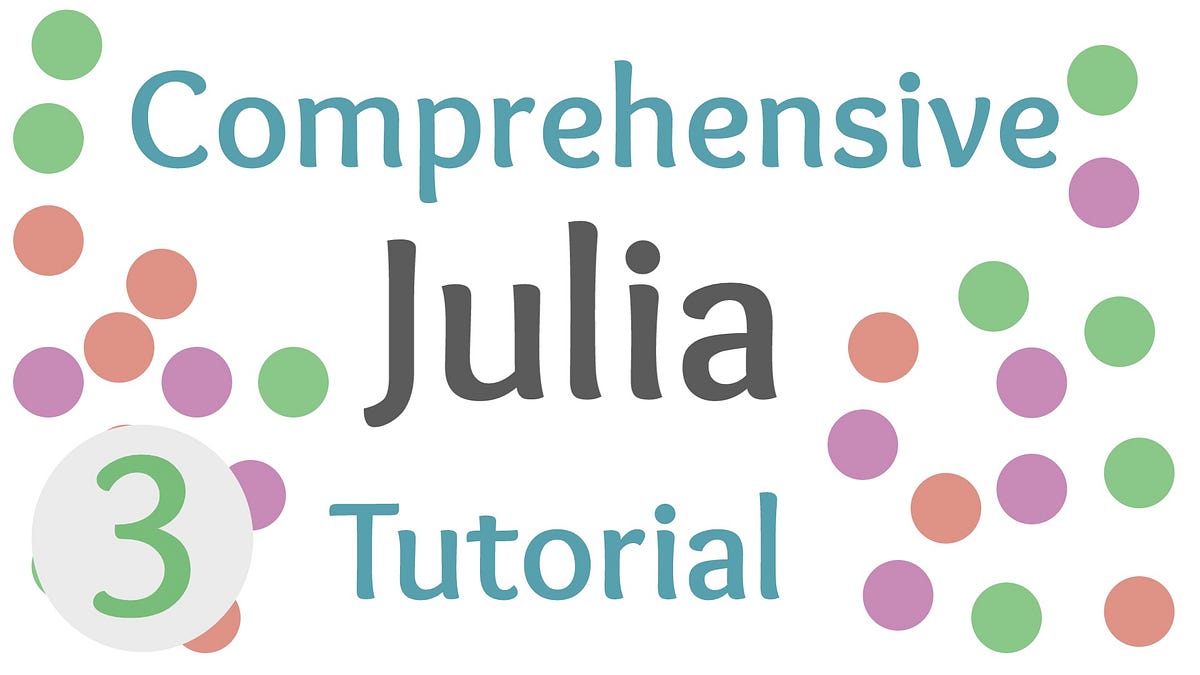Introduction
If one seeks to further their skills in software engineering, it can be rather difficult to learn just by viewing. Even if all of the concepts within literature or multimedia are well-understood, it could be quite difficult to learn without actually creating the code and seeing how the code interacts with the data. Around fifteen years ago, I dove into the beautiful language of C++. In order to learn C++, I would spend hours researching and copy-pasting code in order to find out what it does. The problem is that I wasn’t writing the code myself, even if it was copied directly.To be clear — I am not saying that copy and pasting code is a bad thing, I copy and paste snippets all the time from my previous notebooks, my current project, or even the world wide web. However, a lot of engineering is about learning how to learn. Part of this is knowing when to copy and paste as opposed to when you need to study the material further. In my C++ example, I can remember using things like the STD library and using operators like <<, but not realizing that those were operators and thinking they were just random symbols because I didn’t know what they did put a significant hole in the approach-ability of C++.Interestingly, with all of the languages on Earth, I had never really had an interest in Python until about three years ago. While yes — it certainly was a lot easier to learn than C++, I found a lot of the differences to be appalling. Regardless of how easy the language might be compared to its ancestor, I found myself falling into a trap of moving huge blocks of code from Google that I didn’t really understand, and that hindered my learning ability in this new language.All of this evidence is presented to back up a single claim:
If you want to learn programming, you need to write code.
I had a mentor who referenced a book called “ Learn Python The Hard Way” by Zed Shaw. The ideas in this book reflect the importance of what I discussed, and really opened my eyes to how much easier education is whenever interaction is involved. I consider myself a visual learner, as well, so to me, this could apply across the board with anyone trying to learn in terms of computer programming.With these ideas in mind, I thought that if I was going to provide concrete and adequate tutorials that will take one from an absolute beginner to an absolute professional, then I should certainly include resources for the students to learn with themselves. An empty copy of the notebook is now provided in the Github repo, and I insist that newer programmers type the code themselves!
#tutorial #programming #julia #statistics #data-science
